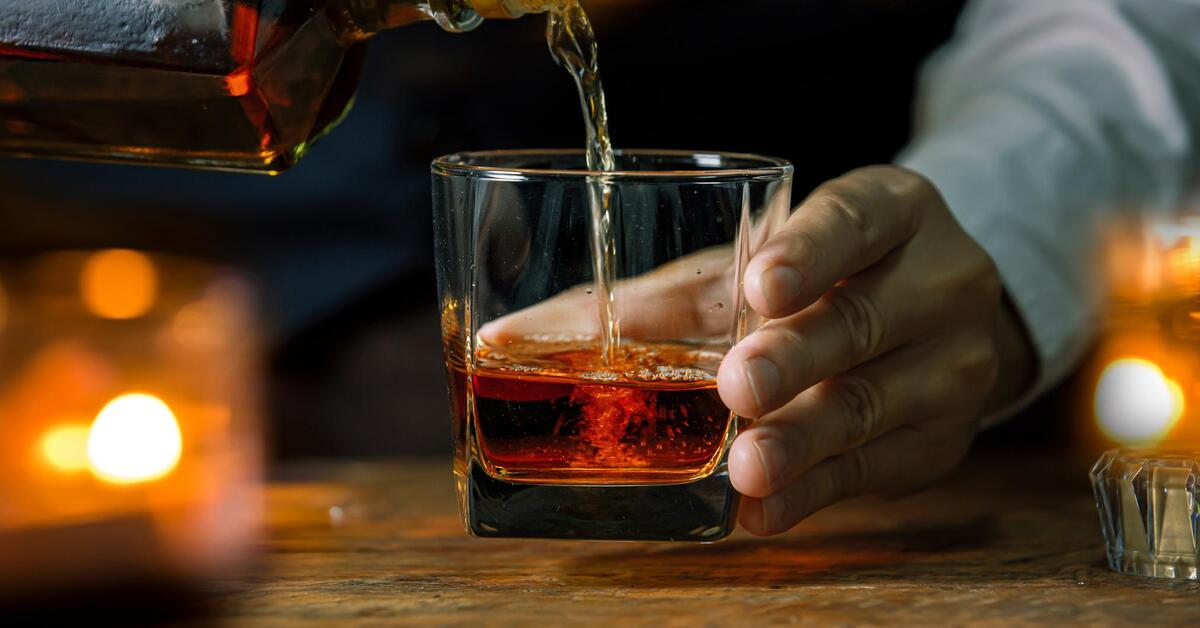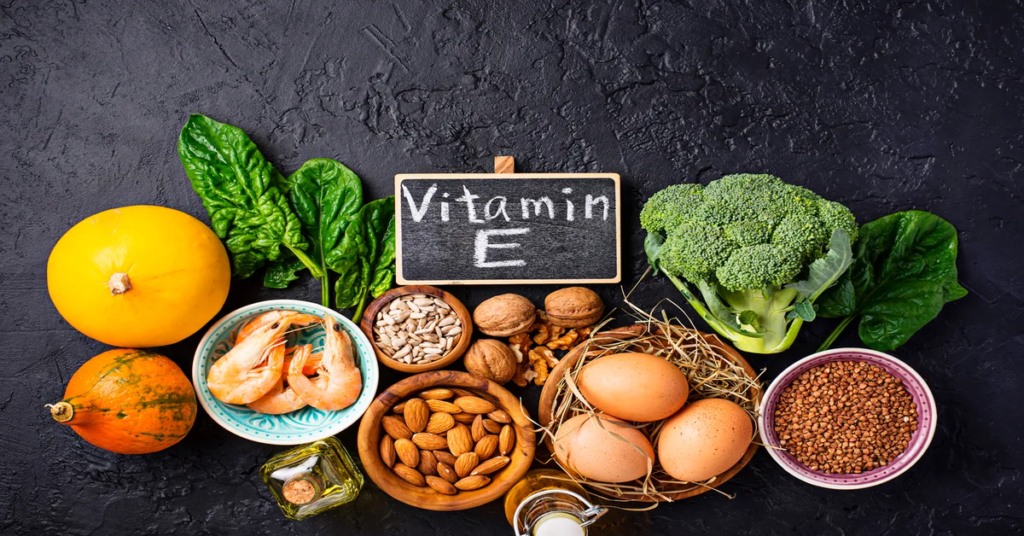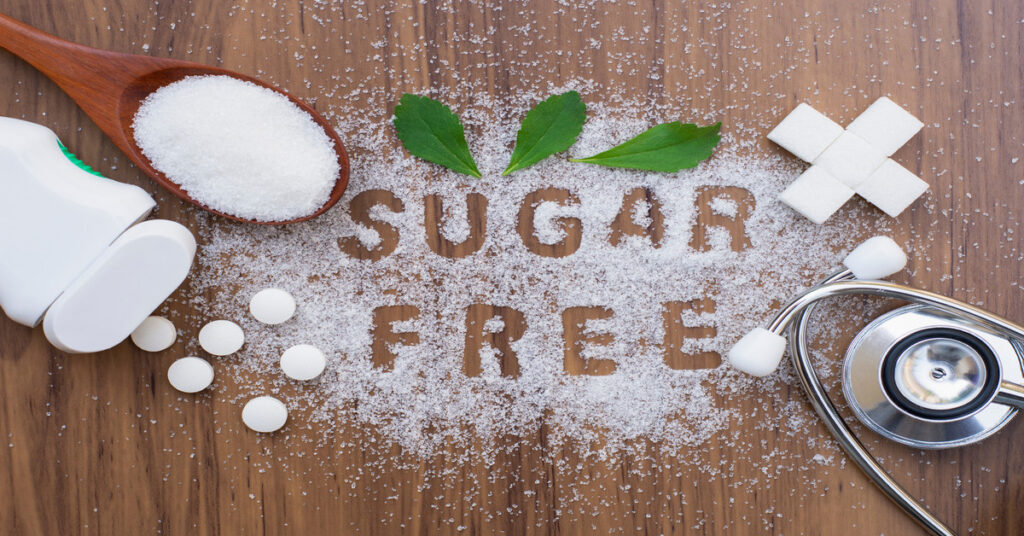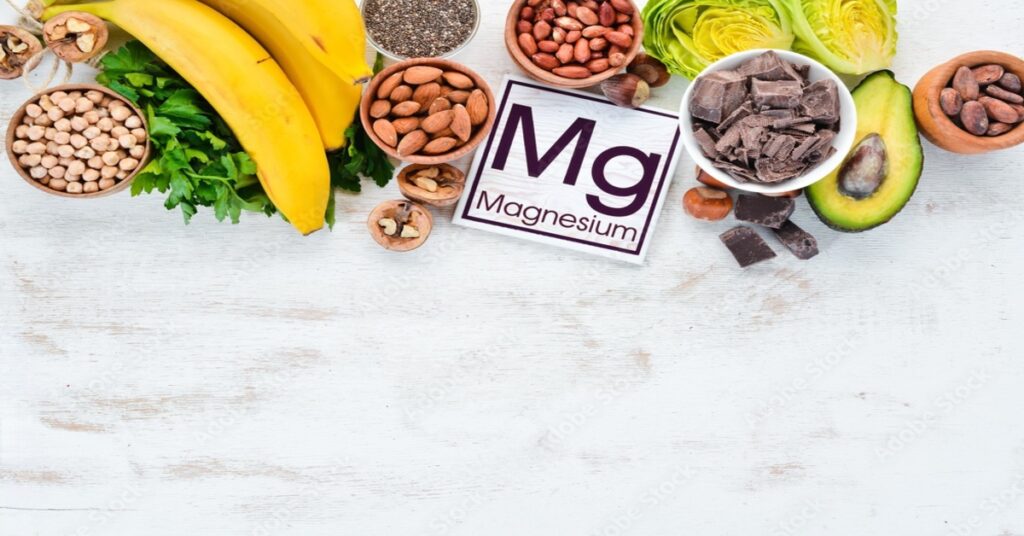ALCOHOL PROTOCOL
It is ultimately up to personal preference whether or not to consume alcohol. The information presented here is based on
the current body of research.
There has been an ongoing debate about whether or not calories from alcohol should be considered when counting overall caloric intake.
Studies suggest that drinkers tend to weigh less than non-drinkers, and there is evidence that replacing fat and carbs with an equivalent amount of alcohol calories can lead to accelerated weight loss.
This association between moderate alcohol consumption and lower body weight is particularly pronounced among women, while it appears to be either neutral or weak in men.
Alcohol has a high thermic effect of food (TEF), which means that 20% of the ingested calories are used up during digestion, making it second only to protein in terms of TEF. While alcohol is generally considered to contain 7.1 calories per gram, its effective calorie count is closer to 5.7 due to its high TEF.
The increase in thermogenesis caused by alcohol consumption is partly influenced by catecholamines.
In contrast to other nutrients, alcohol does not have a significant impact on satiety. Liquid calories are easier to consume than calories from solid food sources.
Intoxication can lead to a lack of impulse control and overeating, often resulting in the consumption of calorie-dense foods such as pizza or cheeseburgers. This may be attributed to the ease of indulging in liquid calories compared to solid food sources.
On the other hand, it should be noted that in the long term, alcohol consumption appears to decrease food intake. Furthermore, regular alcohol intake can have a positive effect on nutrient partitioning by improving insulin sensitivity.
If you are trying to lose weight and must consume alcohol, it is recommended that you limit yourself to no more than one or two days per week.
On those days, it is best to focus on consuming protein and vegetables. Since both protein and alcohol have a high thermic effect, you will not need to track your calories closely or worry about gaining unwanted fat, as long as your diet is under control for the remainder of the week. Furthermore, limiting your alcohol consumption can help reduce water retention and leave you feeling leaner in the morning.
Moderate alcohol consumption has been found to enhance insulin sensitivity, reduce triglyceride levels, and improve glycemic control. These effects have been observed not only in healthy individuals, but also in those diagnosed with type 2 diabetes.
There is no clear consensus on the insulin sensitizing mechanism of alcohol, however, one possible explanation is that alcohol triggers the activation of AMPK in skeletal muscle, which could lead to leanness. It is reasonable to assume that this could have positive effects on nutrient partitioning over time.
Studies have also consistently shown that moderate drinkers live longer than non-drinkers.
Consuming alcohol in moderation has been also associated with potential health benefits such as reduced risk of Alzheimer’s disease, metabolic syndrome, rheumatoid arthritis, the common cold, certain types of cancer, depression, and other illnesses.
It can be argued that moderate alcohol consumption is healthier than completely abstaining from alcohol.
Alcohol & Testosterone
One commonly held belief is that alcohol consumption lowers testosterone levels. While there is some truth to this, the negative effects have been overstated.
Alcohol has a direct toxic effect on the Leydig cells responsible for testosterone production in the testicles. Over time, this toxicity can lead to testicular shrinkage, reducing their ability to produce testosterone.
Furthermore, long-term alcohol abuse may also reduce the brain’s ability to signal the testicles to produce testosterone. [1]
The liver may convert testosterone to estrogen at a higher rate with alcohol consumption, [1] leading to reduced levels of testosterone in circulation.
Contrary to the anticipated impact of alcohol based on its effects mentioned earlier, consuming light amounts of alcohol, typically 1-3 US drinks, leads to a boost in testosterone levels in the hours immediately following consumption. [1] However, this benefit is short-lived and will be reversed with consistent alcohol intake over time.
During a three-week study, men and women were given a daily dose of 30-40g of alcohol, which resulted in a 6.8% decrease in testosterone levels for the men, while women did not experience any changes in testosterone levels.
An additional study revealed that the consumption of approximately 120g of alcohol can lead to a decrease of 23% in testosterone levels for up to 16 hours following the binge drinking episode.
Toxic levels of alcohol consumption that result in hospitalization can lead to a similar reduction in testosterone levels, typically around -20%.
The consumption of 4-8 drinks at a time can lead to a reduction in testosterone levels by 18 to 40%. [1, 2] However, this effect is usually reversible within a day. [1, 2]
Consuming 9 or more glasses of alcohol can cause an immediate decrease of up to 45% in testosterone levels.
In summary, occasional moderate drinking (1-2 drinks per day) has minimal impact on testosterone levels, resulting in a decrease of less than 10%.
However, heavy drinking of 10 or more drinks per day can cause a significant drop in testosterone levels ranging from 25-55%. It is important to note that excessive alcohol consumption can have serious health consequences beyond its effects on testosterone levels.
To investigate the hormonal response to alcohol consumption after a workout, a study administered 70-80g of alcohol (equivalent to 6-7 drinks) and found no significant impact on testosterone levels. Additionally, only a slight effect on cortisol was observed.
Alcohol’s ability to reduce testosterone levels also affects the activity of mTOR kinase, which is a crucial enzyme responsible for integrating signals that promote muscle growth. [1, 2]
Moreover, consuming 9 drinks of alcohol after a workout reduces myofibrillar protein synthesis (MPS) by 24%.
That means that if one were to consume excessive amounts of alcohol, the impact on muscle growth could be likened to being in a caloric deficit for that day.
Alcohol & Recovery
Consuming a moderate amount of alcohol (30-90g) after strength training does not speed up exercise-induced muscle damage [1] nor does it affect muscle strength. [1, 2]
A study employed a training regimen consisting solely of eccentric exercises, coupled with alcohol consumption in the range of 80g. The results indicated impaired recovery in the trained muscles.
If you don’t plan on consuming excessive amounts of alcohol after an extreme training session, the findings of suppressed testosterone levels after post-workout alcohol consumption in the 120g range after exhaustive endurance training are not likely to be relevant to you.
In summary, alcohol’s impact on recovery is generally modest.
Alcohol Absorption
To summarize how nutrients are utilized after a mixed meal:
Carbohydrates and protein cause a rise in insulin levels, which in turn suppresses fat oxidation. However, they do not significantly contribute to fat synthesis on their own. Since fat oxidation is suppressed, any dietary fat is stored in adipose tissue (fat cells).
Over time, as insulin levels drop, fat is released from adipose tissue. Fat storage is a continuous process, with fatty acids constantly entering and exiting adipose tissue throughout the day. The net gain or loss of fat is mainly determined by the balance between caloric intake and expenditure.
Alcohol is absorbed from the stomach and intestines and then passes through the liver before entering the bloodstream. As it circulates through the body, the liver metabolizes some of the alcohol into acetaldehyde, which is then further broken down into acetate.
The two metabolites, acetaldehyde and acetate, that are produced when alcohol is broken down in the liver can be toxic to the body. When alcohol is consumed, it takes priority in the metabolic process, halting fat oxidation and suppressing the oxidation of carbohydrates and proteins.
In the liver, ethanol is converted into acetate, and only a small portion is converted into fatty acids via acetyl-CoA. The majority of the acetate is released into the bloodstream, where it impacts the metabolism of peripheral tissues. Acetate displaces lipid in the fuel mixture, and as a result, adipocyte release of nonesterified fatty acids is reduced.
Acetate, which is produced when alcohol is broken down in the liver, is not an effective precursor for fat synthesis. In other words, there is no significant metabolic pathway that can efficiently convert alcohol into fat.
There have been no studies conducted on fat synthesis in humans after significant alcohol consumption. However, based on the estimation of Hellerstein, the rate of de novo lipogenesis (creation of fat from non-fat sources) after alcohol consumption is approximately 3%.
In the study, only 0.8 g of fat was synthesized in the liver out of the 24 g of alcohol consumed, indicating a negligible effect of alcohol on fat synthesis.
Like carbs, alcohol suppresses fat oxidation, making it easier to store dietary fats. However, unlike with carb consumption, de novo lipogenesis (DNL) through alcohol seems unlikely, especially when glycogen stores are already full.
Alcohol Protocol
Here is the protocol to follow if you want to prevent fat gain or continue losing fat while drinking:
- On the day you plan to drink, limit your fat intake to 0.15g per pound (or 0.3g per kg) of body weight.
- Limit your carbohydrate intake to 0.6-0.7g per pound (or 1.5g per kg) of body weight. Get all your carbs from vegetables and some protein sources. Avoid carbohydrate-rich alcohol sources like beer and drinks made with fruit juices.
- Choose low-carb alcohol options like dry wines and spirits such as cognac, gin, rum, scotch, tequila, vodka, and whiskey.
- Eat as much protein as you want but choose low-fat sources.
- Limit drinking to one evening per week for effective fat loss.
The nutritional strategy outlined here is all about focusing on substrates that are least likely to cause net synthesis of fat during hypercaloric conditions.
By following this protocol and maintaining a healthy diet throughout the week, you can continue to lose fat or prevent fat gain even while enjoying an occasional drink.
Alcohol and protein, the main macronutrients of this day, are extremely poor precursors for de novo lipogenesis.
Alcohol suppresses fat oxidation, but by depriving yourself of dietary fat during alcohol consumption, you won’t be storing anything. Nor will protein cause any measurable de novo lipogenesis.
High protein intake will also compensate for the weak effect of alcohol on satiety and make you less likely to cheat on your diet when you’re drinking.
A nice bonus after a night of drinking is that it effectively rids you of water retention, therefore making you wake up leaner.
Remember that this is a short-term strategy for those that want to be able to drink freely without significantly impacting fat loss progress or causing unwanted fat gain.







